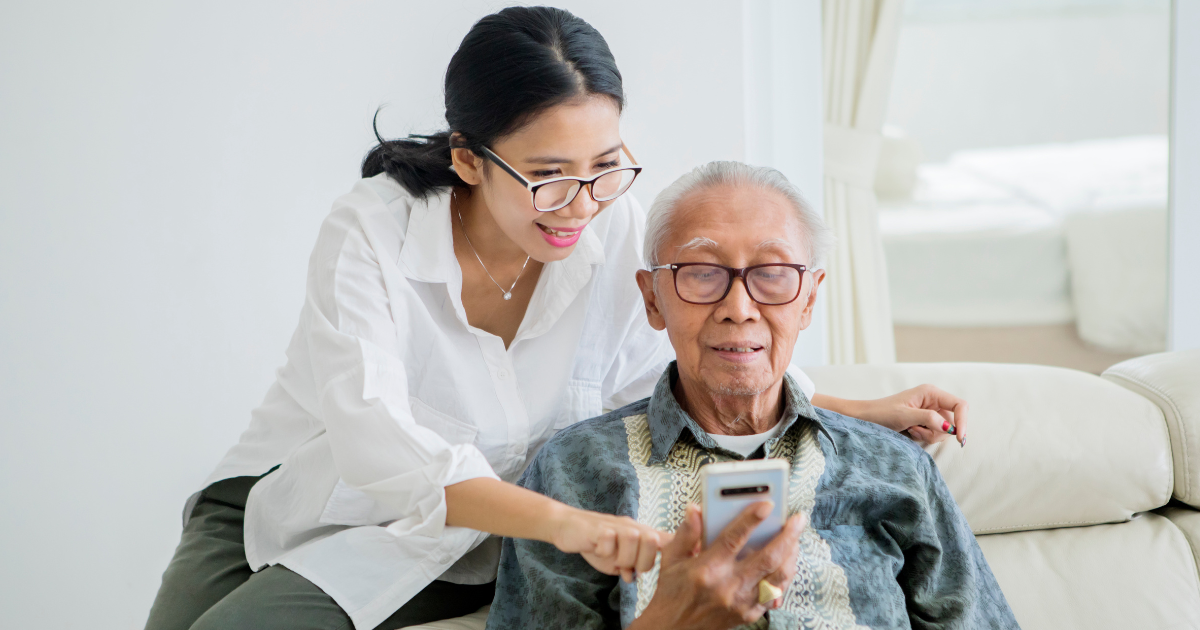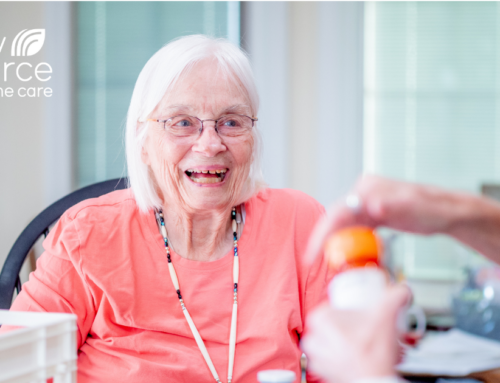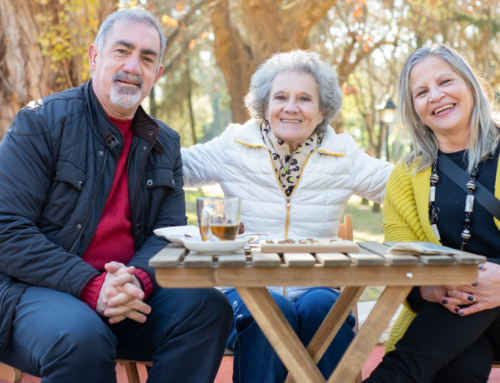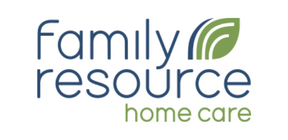As we age, communication becomes more than just words. Our body language and facial expressions often convey what words cannot. This is especially true for seniors receiving in home private care. Understanding their non-verbal cues is crucial for providing them with the best possible support and care.
Body Language and Facial Expression Cues for Elderly Receiving in Home Private Care
Here are several steps to take to assess:
- Observation: The first step in understanding body language and facial expressions is keen observation. Pay close attention to their gestures, posture, and facial expressions during everyday interactions. Are they slouching, fidgeting, or displaying signs of discomfort? These subtle cues can offer valuable insights into their physical and emotional state.
- Empathy: Empathy is essential when interpreting body language. Put yourself in their shoes and try to understand the emotions behind their expressions. Are they expressing pain, sadness, or frustration? By empathizing with their feelings, you can provide them with the compassion and support they need.
- Communication: While verbal communication may be limited, non-verbal cues can bridge the gap. Encourage open communication through gestures, nods, and smiles. Establishing a rapport based on trust and understanding can help them feel more comfortable expressing their needs and concerns.
- Context: Consider the context of their body language and facial expressions. Is there a specific activity or situation triggering their response? Understanding the context can provide valuable context clues and guide your response accordingly.
- Consistency: Look for consistent patterns in their body language and facial expressions. Do they exhibit similar cues in certain situations? Identifying consistent patterns can help anticipate their needs and provide proactive care.
- Physical Comfort: Body language often reflects physical comfort or discomfort. Pay attention to signs of pain, stiffness, or mobility issues. Adjust their environment or provide additional support to enhance their comfort and well-being.
- Emotional Well-being: Facial expressions can reveal a wealth of information about their emotional state. Notice subtle changes in their expression, such as furrowed brows or downturned lips. Offer emotional support and reassurance to address any underlying concerns or anxieties.
- Cultural Sensitivity: Cultural differences can influence body language and facial expressions. Be mindful of cultural nuances and avoid making assumptions based on your own cultural background. Respect their cultural beliefs and practices while interpreting their non-verbal cues.
- Professional Training: Investing in professional training can enhance your ability to interpret body language effectively. Enroll in courses or workshops focused on geriatric care and non-verbal communication. Equip yourself with the knowledge and skills needed to provide high-quality care to elderly clients.
- Collaboration: Work closely with other caregivers, healthcare professionals, and family members to gain additional insights into the client’s body language and facial expressions. Collaborative efforts can lead to a more holistic approach to care and better outcomes for the elderly receiving in home private care.
Understanding body language and facial expressions in the elderly receiving in home private care requires patience, empathy, and keen observation. By honing your skills in non-verbal communication, you can provide personalized care that meets their physical, emotional, and social needs. Remember, every gesture tells a story – it’s up to us to listen and respond with compassion and understanding.
In conclusion, at our branch in Tigard, Oregon, we are dedicated to improving the lives of the elderly in Washington, Oregon, and Idaho communities we serve. Our mission statement drives us to make a meaningful impact, starting from the granular level of understanding and interpreting body language and facial expressions. We are committed to providing caregivers with the necessary insights and resources to create a strong bond with elderly clients, ensuring they receive the personalized care and support they deserve. As a trusted resource in elderly care, we stand ready to empower caregivers and enhance the well-being of seniors, one interaction at a time.
Sources:






